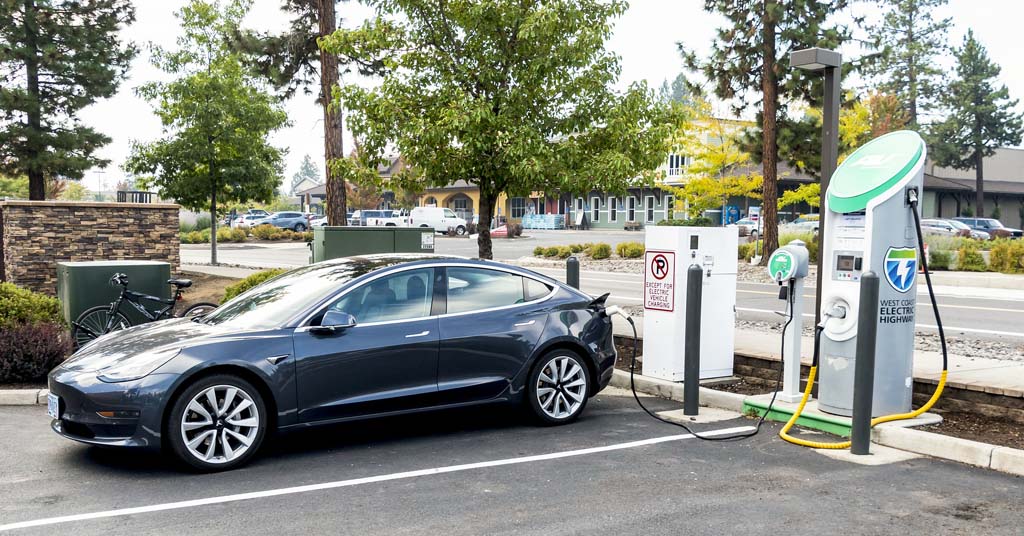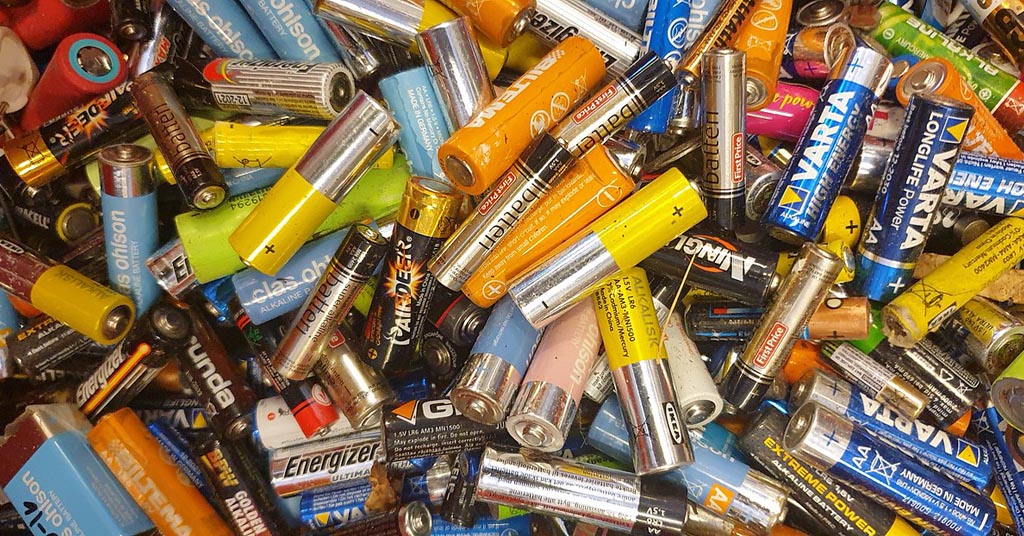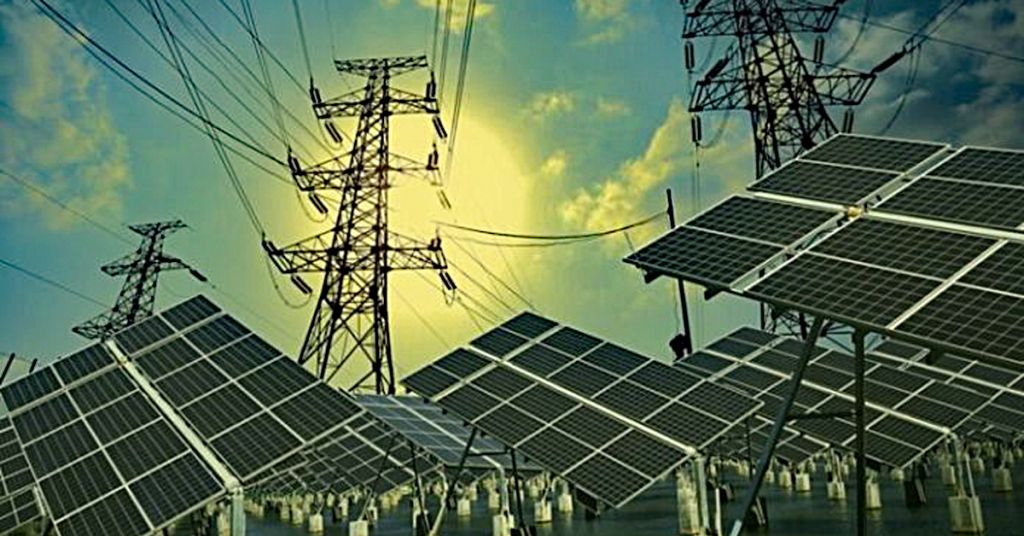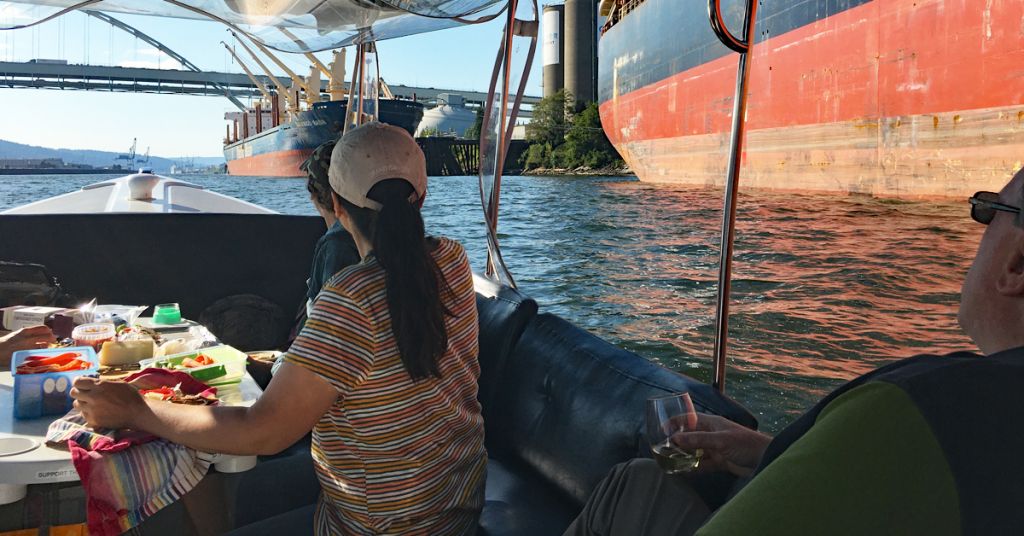Federal government is providing more assistance, attention to plan that could save 19 million gallons of diesel fuel a year

Long way to go: Opened in December 2020, the Mukilteo Multimodal Ferry Terminal replaced a long-outdated 1957 structure. It was the ferry system’s first new terminal in 40 years. Photo: WSDOT
By Sydney Jackson, Everett Herald. July 18, 2023. Washington State Ferries is the largest ferry system in the United States and the second largest in the world for vehicles carried.
With an aging fleet (as of 2021, all but 12 of its 21 auto-passenger vessels were over 30 years old) and ridership growth of 30% expected over the next 20 years, the system faces multiple challenges.
Help—and innovation—are coming.
Last year, the federal government awarded Washington State Ferries $38 million for boat maintenance and renovations, mostly from the $550 billion Bipartisan Infrastructure Law passed to fund projects across the country.
This more than doubled the year’s federal funding for the state ferry system.
Additionally, a $4.9 million federal grant is funding the construction of a ferry charging station in Clinton on Whidbey Island. The station will charge two future hybrid-electric ferries on the Mukilteo-Clinton route.
This is all part of the ferry system’s plan to transition to an emission-free fleet by 2040, which will help curb the 19 million gallons of diesel fuel the ferry system burns through each year. The plan commenced in 2020.
The Mukilteo-Clinton route is the start of the electrification process. The state plans to have the first retrofitted hybrid ferry—replacing two diesel engines with batteries—by 2027.
The station in Clinton will charge the ferry in the 15 minutes it takes to load and unload passengers throughout the day, then charge during the night.
By 2040, the state plans to have six retrofitted hybrid boats and 16 new electric boats.
In the event of an emergency that affects the power grid, such as an earthquake, hybrid boats would continue to run.
Buttigieg visits
Located about 26 miles north of Seattle, across from the Whidbey Island port of Clinton, the Mukilteo Multimodal Ferry Terminal is the newest and greenest ferry terminal in the state. It opened in December 2020.
It has a roof that captures rainwater, operable windows that negate the need for air conditioning and cement barriers that make it resilient to seawater rise.
The terminal was designed like a modern longhouse to honor the Tribes who lived on the land and eventually signed the Point Elliott Treaty there almost 170 years ago.
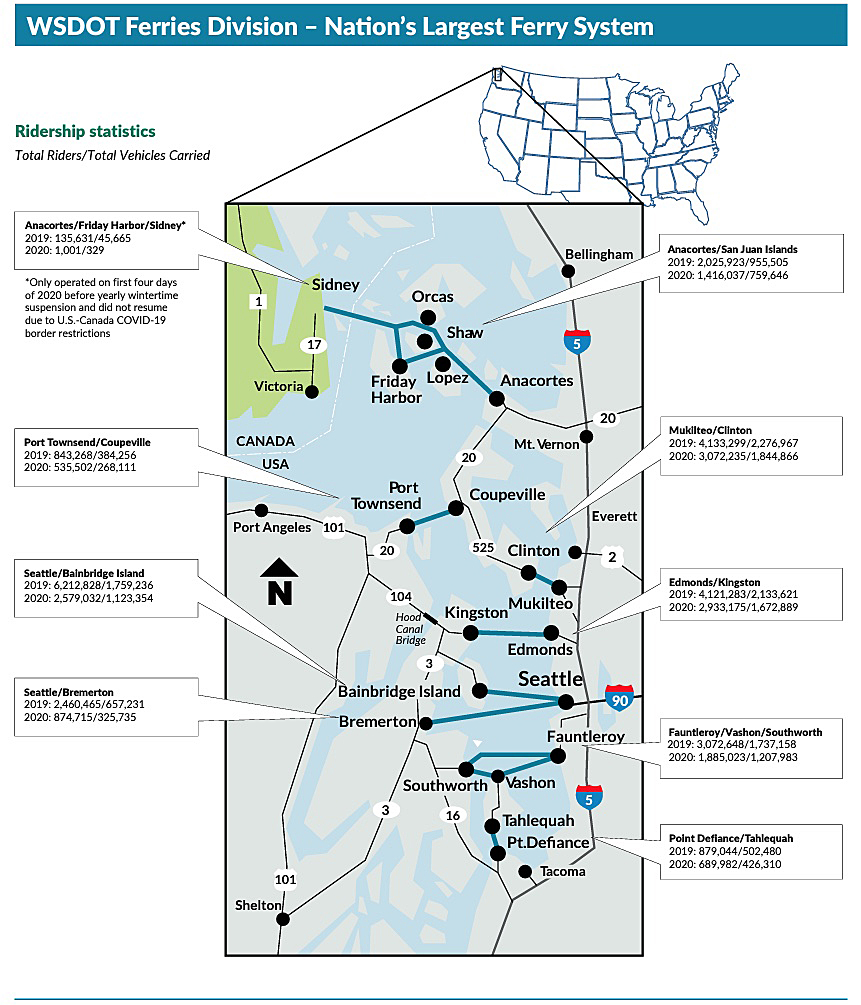
Map: WSDOT
On July 6, U.S. Transportation Secretary Pete Buttigieg visited Mukilteo to discuss how federal dollars are impacting Washington’s ferry system and infrastructure.
During his visit, Buttigieg noted the importance of working with Tribes “to have this kind of responsible, sustainable transportation growth.”
“We were traditionally a fishing tribe who met here,” Tulalip Tribes Chair Teri Gobin said during the visit.
Gobin said tribes used to be able to make a good living from fishing, but they now have to subsidize with other activities like crabbing. She said electrifying the ferry system will continue the fight against climate change and help restore fishing runs.
“This is a strategic point in our history to make changes to support the environment,” said Gobin.
Ferries integral to update goals
Gov. Jay Inslee, who met with Buttigieg, said ferry electrification is part of the Climate Commitment Act the state passed in 2021, which includes creating more sustainable aviation fuel and installing 700 charging stations for electric cars.
Despite criticism that the law has raised gas prices, the governor said ferry prices will remain the same.
“We can run these boats less expensively,” said Inslee. “We’re leading the nation in electrifying almost every transportation system, starting with the ferry boats.”
“Not everybody realizes that ferries are an integral part of the daily commute of so many Americans,” Buttigieg said while touring the second floor of the Mukilteo terminal that overlooks Puget Sound.
The state ferry system employs about 2,000 people, but the industry needs more workers. As of 2021, approximately half of vessel employees were 55 years old or older.
Buttigieg said his department’s Low or No Emission Vehicle Program has carved out money for workforce training, including a maritime academy.
Originally published in the Everett Herald, this story has been updated by Columbia Insight.




